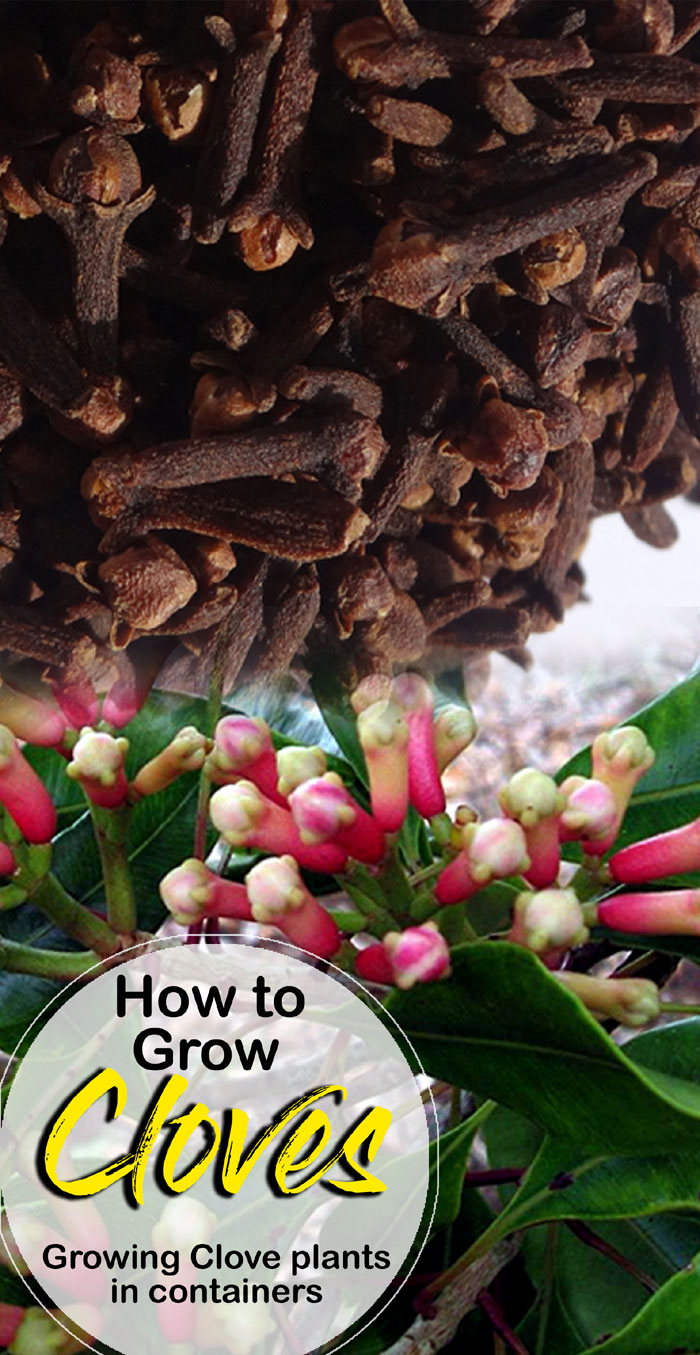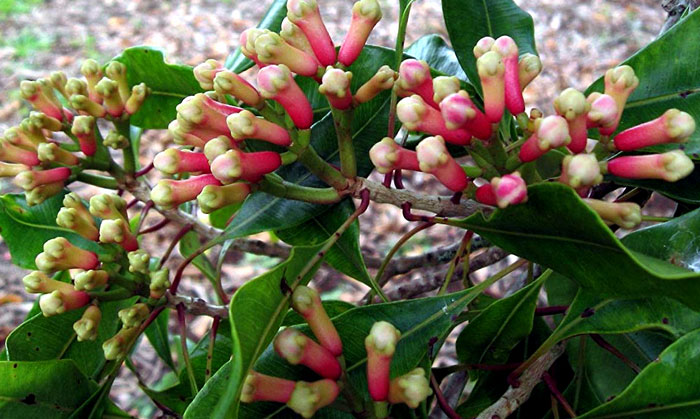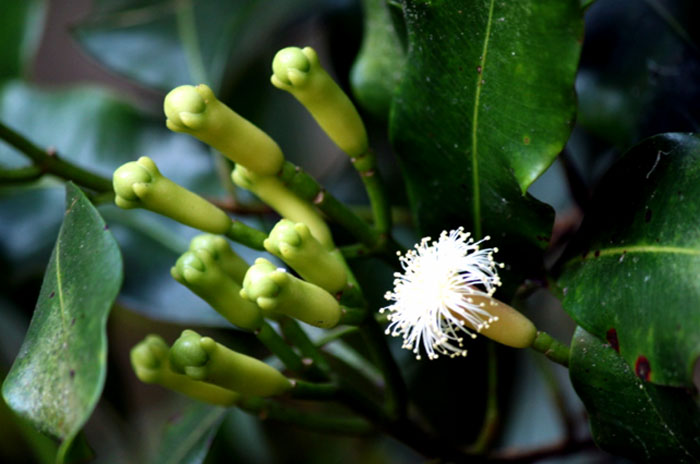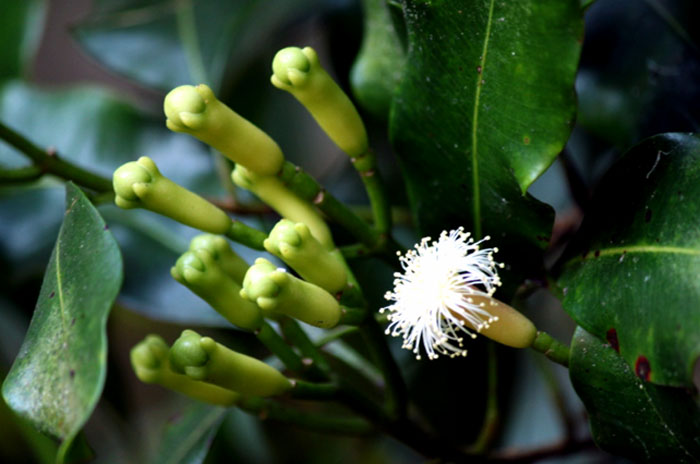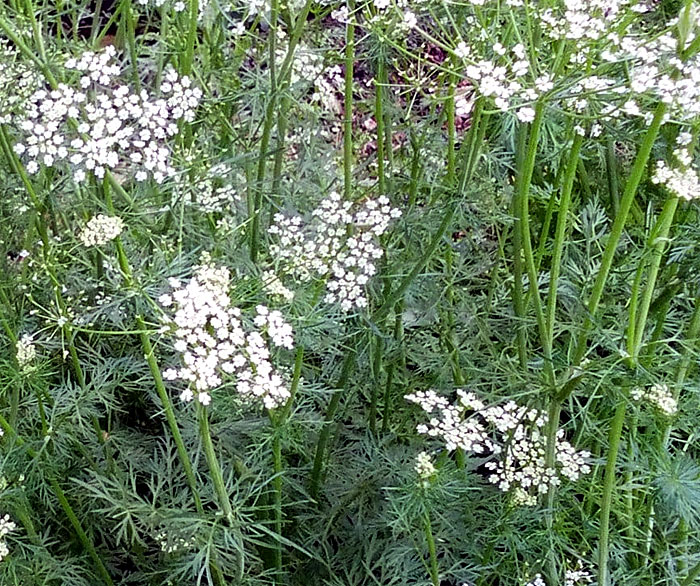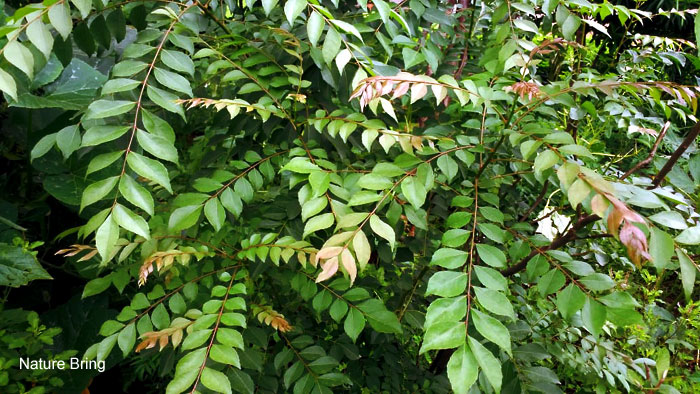Cloves (syzygium aromaticum)
Learn How to grow Cloves, Growing Clove plant in containers, Loung tree, How to grow clove tree by seeds, Harvesting, Care, and more information about this plant. Cloves (syzygium aromaticum) are dried and buds of flowers evergreen plants. It is a small, red-brown flower bud. The clove is derived from the Latin word ‘clavus’ or the French word ‘cloud’, which means nail. It is originally native to Spice Islands (Indonesia) or the Moluccas, but it is mainly grown in India, Sumatra, Jamaica, West Indies, Brazil, and other tropical areas.
The clove tree is 15 to 30 feet long, with a light brown bark. Its leaves are long and flowers are white which bloom in the flakes.
Cloves overview
Scientific name Syzigium aromaticum
Common name Clove, Clovos, Caryophyllus, lavangam
Plant type Spice
Sun required Full Sun
Soil Rich and loamy soil
Soil pH 6.0-7.0
Zone 11-12
Popular Indian names syzygium aromaticum
Laung in Hindi, Lavanga in Sanskrit, Lavang in Sanskrit, Lawang in Gujarat, Laung in Punjab, Lavang in Kannada, Grambu in Malayalam, Luvang in Maharastra, Kirambu Lavangam in Tamilnadu and Lavangalu in Telugu. Read more.
How to grow Cloves
Soil and Location
With good drainage, rich and loamy soil with much organic matter is better. Clove trees can grow well in full sun to part shade. As a commercial, clove plants are grown in areas within 10 degrees from the equator, where it can provide some shade to jacaranda and mango. Cloves prefer a cooler climate with partial shadows and well rain areas, which is ideal for its flowers. lavangam
Temperature
Cloves require humid sub-tropical or tropical climates. For this, a continuous temperature above 50 degrees Fahrenheit is suitable. Let the trees grow out in the temperate regions in the perfect place, which is suitable for it.
Watering
In the absence of rain, it is necessary to give it continuous water. Drip irrigation will yield better results during the summer season. Irrigation should be given during the summer months.
Propagation
The most common method of propagating clove trees is the seed. The best time to take the cutting is Midsummer, although this is not often done, because, in the right conditions, clove trees are best for propagated by seeds. However, the clove tree planted by seed starts blossoming in about 6-10 years, and at the age of 15-20, it starts performing its best. lavangam
Fertilizing
Cloves should be fed regularly for regular growth and flower production. You can apply the full amount of organic manure and the full amount of fertilizer during the month of May-June. You can give the remaining amount of fertilizers in the shallow trenches dug around the plant, about 1 to 1.5 meters from the base of the tree in October-November.
How to grow cloves by seeds
- Cloves are usually propagated by seeds or by cutting. For seed collection, fruits are left on the tree to ripe, and naturally, fall down. You can soak these seeds overnight in water or sown directly. Use recently harvested seeds. The seeds which were dried are not viable enough, because they will not germinate.
- Immediately plant the purchased seeds, it is not necessary to cover the seed with soil.
- You can also sprout it by putting it directly above the soil.
- To improve moisture in the soil of the seed tray or pot, cover it with a plastic sheet after planting, thereby keeping moisture.
- Seed germination takes about six weeks. The seedling grows very delicate and slow. Some gardeners keep the plant dry once a day before transplanting to maintain the delicate root ball.
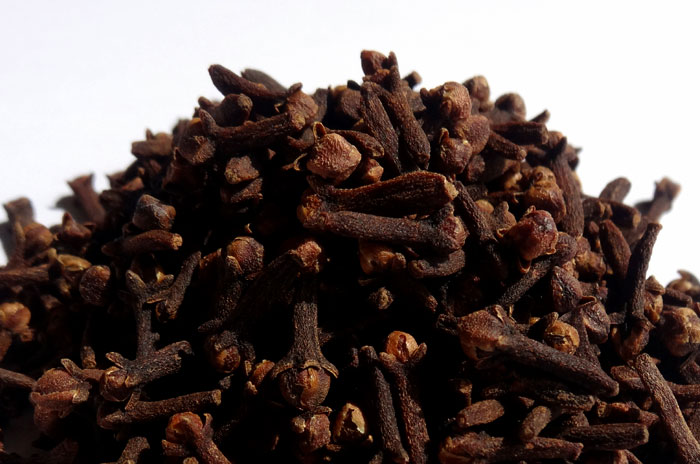
Harvesting Cloves
- After planting, the cloves tree starts production in approximately 7-10 years and after about 15 to 20 years, its plants come in the full result.
- Plains are grown during December-October and high altitude areas from December to February. It takes about 4 to 6 months to harvest the crop from the buds. At this time its length is less than 2 centimeters. When clove buds enter a little pink color from green, then it is the optimum time to choose it.
- Careful selection of mature buds with hands, this time requires caution because the quality of yield can be destroyed. The length of the tree is quite large, at such times you can use the ladder to choose buds. It is not suitable for tilting branches or knocking down with a stick, because this also affects the future of the tree.
Growing Clove plants in containers
- Buy pollinated cloves seeds from a reputed seed shop. Before purchasing seeds make sure that the seeds have been collected recently, as dried clove seeds do not germinate.
- You can plant clove in a pot but it will not be so long. For this select the container with at least 18 inches diameter.
- First of all, check the proper drainage system in your pot. Fill about 2/3 of your pot or plotter with rich, loamy soil. Clove trees prefer moist soil, but can not soggy. Add water to the soil so that it becomes moist before planting.
- Place the syzygium aromaticum seeds on the soil surface. There is no need to cover your clove seeds with soil. If a clove seed is already root in the seed, then you gently plant it in the soil.
- Cover your clove seeds with a clear plastic sheet, because these trees are tropical and grow well in humid conditions, it gives the seed a humid atmosphere. During germination, keep the soil moist.
- Keep your container in a bright spot, the temperature of 65 to 80 degrees Fahrenheit is better for this. Although clove trees prefer sunny places, save seed germination from direct sunlight.
- It takes two to three weeks for the seeds to germinate. Sometimes it takes more than a month for the seeds to sprout, you should not be disappointed. Before the seeds sprout, they develop their root.
- Keep the container plants in a sunny and warm place, and the soil moist. The soil should not be waterlogged, otherwise, the root of the clove tree may rot.
- Give your syzygium aromaticum tree organic fertilization in the spring, which contains natural organic matter and decomposed compost. Follow the instructions written in packets in the purchased manure. Read more.
Pest problem with clove plants
Clove trees do not have any problem with special insects. These trees are susceptible to certain diseases, especially when they continue to grow in the wrong growing conditions. These plants may occasionally have problems like sprouted wilt, root rot, leaf spot, scale, and mealybugs.
Read also:
Black Pepper growing and caring guide. How to grow Hollyhock flowers. How to grow Jade plants. Impatiens growing and caring tips. Growing Lily in containers. Tinda growing and caring guide. Best flowers for Bees and Butterfly garden. Turnips growing and caring. 8 Best Frugal Gardening tips. Onion growing in containers. Coriander growing and care guide. Kiwi fruits growing at your homes. Mulberry growing and care guide. Crossandra flowers growing guide. Hostas growing indoors.
Happy gardening
For pin:
